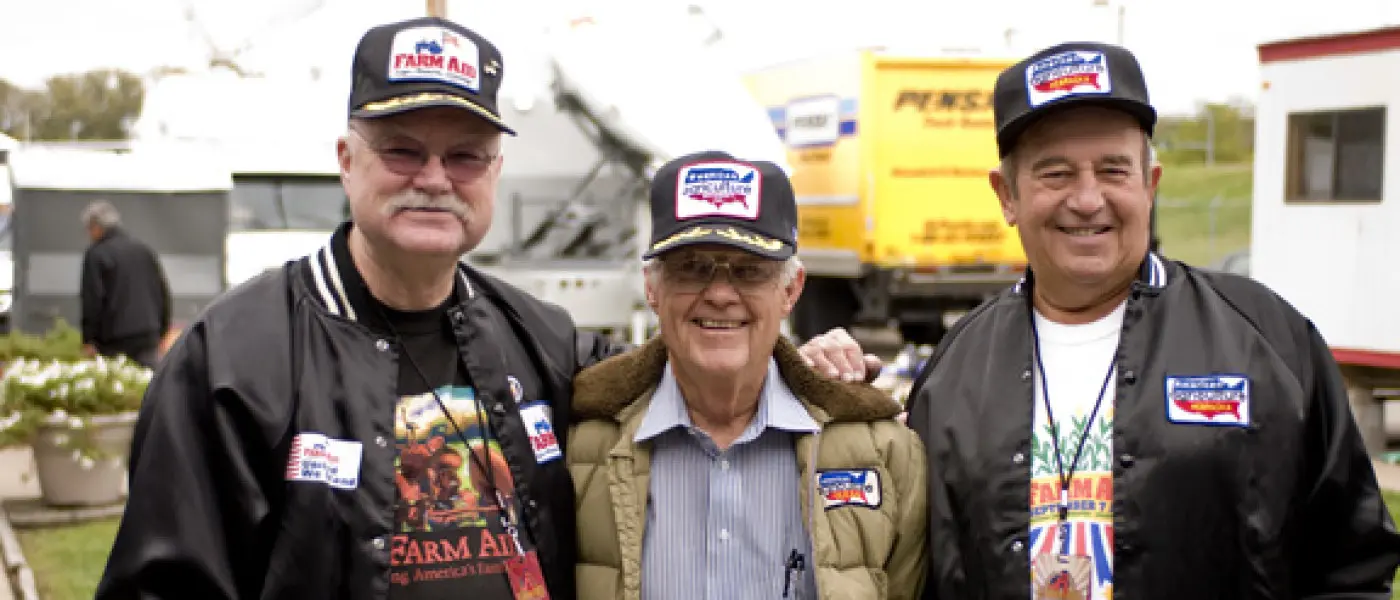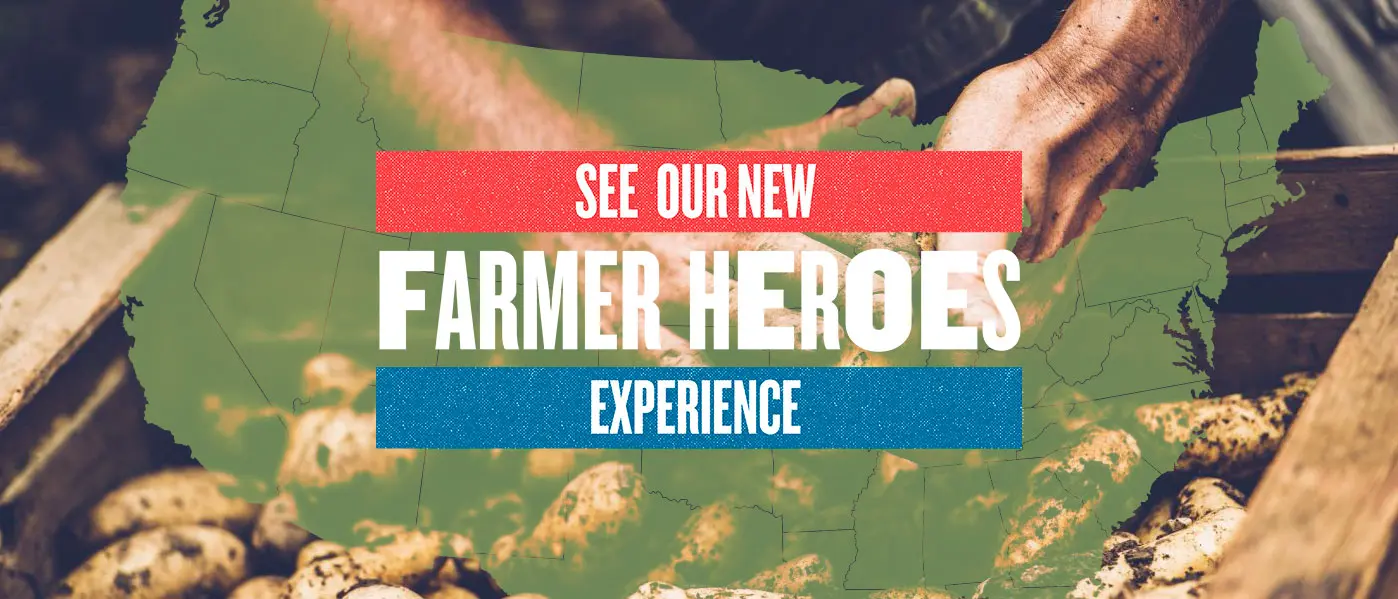Washington, DC
David Senter was born in 1948 into a farm family with deep roots. He would become the fourth generation to farm his family’s land in Burleson, Texas, and the first to fight for his and his fellow farmers’ rights to earn a fair living off what they produced. His fight would take him from Texas right into the middle of the battle in Washington D.C.
“We always had a few cattle and a few hogs when I was growing up,” said David, “but mostly we raised cotton, grain and hay.” His father owned 250 acres, right across the street from David’s grandfather’s land. David himself never owned land aside from the family acres, but rented from retired farmers. He had a dairy operation and grew grain and cotton as well. When he stopped farming to move to Washington D.C. to be a full-time farm advocate, he had 1,000 acres in production.
“I didn’t think I would do anything but farm” said David, “but in 1977 I heard about a meeting that was gonna take place at Texas stadium.” David and a neighbor headed to the meeting. “We heard speeches about family farmers being in difficult situations,” said David, “and of course we knew this firsthand because we were family farmers too.” That meeting, in October of 1977, was one of a handful that would start the American Agriculture Movement (AAM).
Momentum began to build in small communities across the country thanks to this meeting and others just like it. David went back to Burleson after the meeting and held his own meeting two days later, with more than 80 farmers in attendance. A week later farmers held a tractorcade—a convoy of farmers on their tractors—bringing their complaints to the representatives in their region. “We were reading and hearing stories just like ours all over the country,” said David. Across the country, farmers were acting together without the help of the Internet and cell phones and without an overarching organization at this point.
“All of a sudden,” said David, “I took a leading role in the north Texas area.” Part of that role included leading the Texas tractorcade to the capitol, Austin, on December 7, 1977. Across the country, tractorcades converged on nearly every state capitol that day. Within only a few months of the first farmer meetings, thousands of farmers had banded together to take on the injustices of the agricultural system.
When Congress reconvened on January 18, 1978, they weren’t alone—farmers had gathered in D.C. too. “No one knew how many farmers were going to be there,” said David. “When we arrived, well, official estimates put it at 50,000 of us.” Farmers from every state had come to Washington to push for new legislation that would protect the rights and livelihoods of farmers. But still Washington did not hear the farmers’ concerns.
Gerald McCathern, a Texas farmer whom David had met at the Austin tractorcade, began to spread the idea of a national tractorcade to Washington D.C. The farmers needed to ratchet their efforts up a notch to get more attention, so they decided to lead a tractorcade from all over the country to Washington to convey a message that could not be ignored. On the morning of February 5, 1979, over 5,000 tractors brought Washington D.C. to a halt. The farmers asked Congress and the USDA for “parity,” meaning a price for their crops that matches the cost of production. For seven weeks, farmers and their tractors stayed in D.C., visiting congressional offices and the USDA, demonstrating, and making their case to the government, press and American public. The work of these 5,000-plus farmers—organizing the grassroots and applying political pressure to demand policy change—became the base upon which the farm movement of today stands. Thirty years later farmers and farm activists are still working for parity—in fact the gap between what it costs to produce crops and the price farmers receive continues to grow.
When the tractorcade ended, the farmers realized they had built a movement and they needed to plan a way to sustain it. David explains, “AAM realized that we needed to open an office and have a continued presence [in Washington D.C.].” That August they held a national meeting in Oklahoma City and decided to charter and organize AAM as an official organization. Marvin Meek was made the first president and an office opened in Washington D.C.
Back in Texas, David went back to farming but soon Governor Clements appointed him as the Texas representative of agriculture to Washington D.C. “He told me, ‘Senter, take the offer today or it’s off the table.’” said David. “I was farming 1,000 acres and so he didn’t think I would take it. He called my bluff and I called his.” David took the position and in January of 1980 he moved his wife and four kids to the Capitol.
After arriving, AAM offered him their first paid position and that was where he worked until he retired in 1992. “I did a lot of lobbying on behalf of family farmers, traveling, and speaking at meetings. I was able to work with so many different organizations,” said David. Through this role with AAM, David was able to sit down with Willie Nelson when he first had the idea to hold a concert to benefit family farmers.
David has worked with Farm Aid from the very beginning (about 10 days before the first concert on September 22, 1985). He has attended every Farm Aid concert since then, as well as all of the major Farm Aid events. His insight is incredibly valuable, having been a farmer himself and understanding the needs of farmers and also knowing how Washington works. David also helps to get the word out to farmers about Farm Aid and our work, like the 1986 United Farmer and Rancher Congress. That Congress brought nearly 2,000 farmers from across the country together for three days to create a family farm-centered vision of agriculture that farmers could take back to their home districts and demand from their representatives.
Advocacy work like David’s has shaped the type of help that farmers have received and continue to receive from farm support groups across the nation. “Back in the farm crisis in the mid ‘80s most of the effort was in hotlines and counseling services and there were so many suicides and the financial pressure was breaking up families,” said David. “One of the things we figured out was that the urban families had support networks in place, like food pantries and counseling to help them out, but the rural families didn’t have that. So with the help of Farm Aid, a support network across the country was created for the families in these rural areas.”
Even though he is now retired from AAM, David is still very much active and informed. He does pro bono work on agriculture and renewable energy issues. He has seen what works and what doesn’t, and he has some new hope. “I think that we have to continue to work with this new administration to see where they are going to go and what they are willing to do,” said David.
But even more important than looking to the government to make change happen—which is known to take more than a little while—farmers and individuals need to look right in their own neighborhoods for support. “We have to continue to reach out to local community leaders,” said David, “because a lot of what we need to do needs local support.”
Date: 10/28/2009



